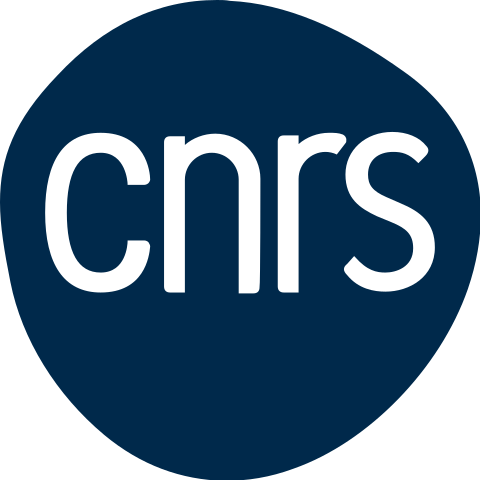Investigating human monocyte adhesion, migration and transmigration and their modulation by Zika virus
Résumé
Human circulating monocytes are established targets for Zika virus (ZIKV) infection. Because of their important migratory properties toward any tissues, including the central nervous system (CNS), a better understanding of the mechanisms underlying monocyte transmigration upon ZIKV infection is required. Here, we monitored adhesion, migration and transmigration properties of monocytes exposed to ZIKV. We found that ZIKV enhanced monocyte adhesion on collagen compared to mock-exposed samples, and that pharmacological inhibition of mDia and Cdc42 function induced a significant decrease of adhesion in both mock-and ZIKV-exposed monocytes. In contrast, monocyte migration through collagen was inhibited by most of the tested small molecules targeting regulators of actin polymerization, including Rac1, ROCK, Cdc42, mDia, Arp2/3, Myosin-II and LFA-1. ZIKVexposed monocyte migration showed a very similar profile to that of their mock-exposed counterparts. Finally, assessment of monocyte transmigration through human cerebral microvascular endothelial cells (hCMEC/D3) showed dependency on Rac1, ROCK, and Cdc42, independently of their infection status. In contrast, we identified that BIRT377, an antagonist of LFA-1, significantly inhibited transmigration of ZIKV-exposed but not mockexposed monocytes. As BIRT377 increased adhesion of ZIKV-exposed monocytes, we propose that LFA-1 might be involved in a post-adhesion step to enhance viro-induced transmigration. These data suggest that ZIKV exposure triggers specific migratory properties of monocytes that are not exploited under physiological conditions. This work provides further insights on virus-host interactions important for viral neuroinvasion and offers novel targets to specifically inhibit the infiltration of infected cells to the CNS. Summary sentence: Monocyte transmigration involves massive actin cytoskeleton reorganization regulated by small Rho GTPases and integrins, which can be subverted by viruses.
| Origine | Publication financée par une institution |
|---|


